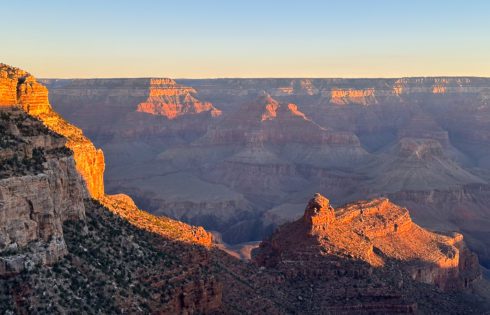
Review: El Tovar Hotel, Amazing Grand Canyon Lodge!
The El Tovar Hotel has been on my radar for quite a long time. Situated on the South Rim of the Grand Canyon, this is the place to stay for

The El Tovar Hotel has been on my radar for quite a long time. Situated on the South Rim of the Grand Canyon, this is the place to stay for
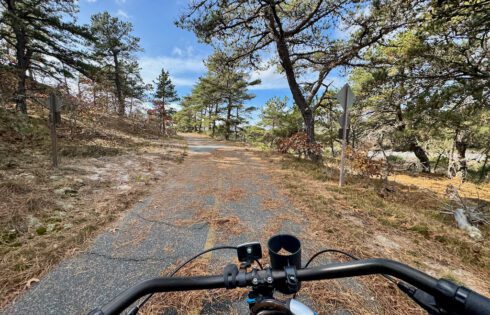
Cape Cod and the Provincetown area offer a ton of things to do. The vast expanse of beautiful sand dunes practically begs you to go out and explore. Whether you’re
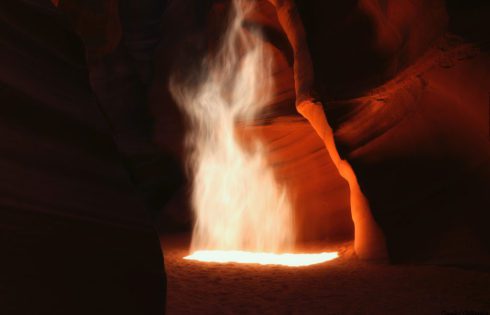
This article will show you 40 (stunning) places to see in the Western United States. These are pretty stunning destinations perfect for vacations, road trips, and for anybody interested in
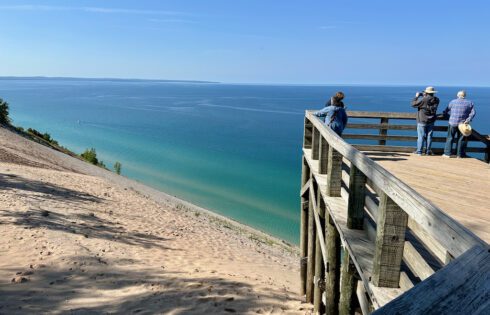
Perched along the serene Pierce Stocking Scenic Drive in Michigan lies the Sleeping Bear Dunes Overlook, a majestic 450-foot sand dune that offers visitors breathtaking panoramas of Lake Michigan. While
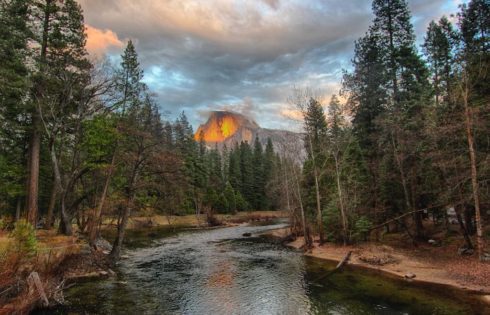
If you think you’ll be visiting national parks for years to come and you’re age 62 or older, I highly suggest that you look into getting the National Parks Senior Pass.
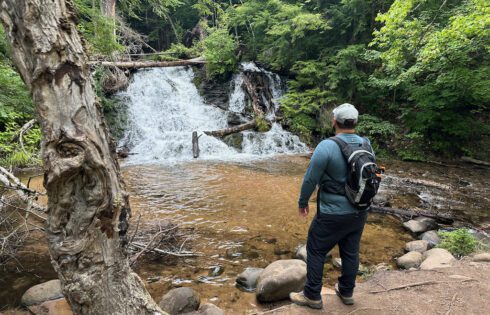
If you’re looking for an easy Upper Peninsula waterfall hike that’s around 3 to 4 miles long, Morgan Falls is a terrific option. However, when trying to reach the falls,
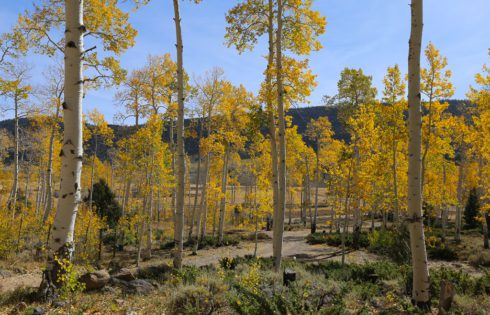
Pando has fascinated me for years. It is still a largely unknown site but it is steadily growing in popularity. So when we decided to head out on a road
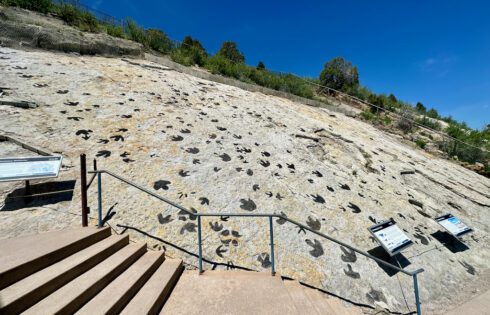
Dinosaur Ridge is one of the most interesting sites to see when in the Denver area especially if you have an interest in geology or those prehistoric giants that we
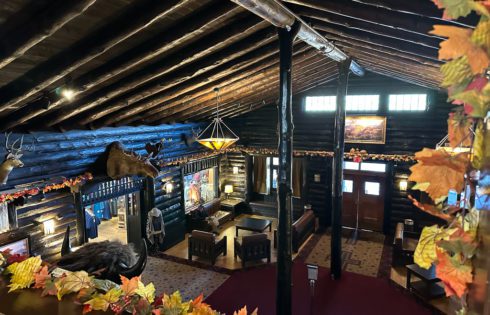
If you’re thinking about staying at a lodge in or around a national park or national forest, there are a few things you might want to consider beforehand. These are
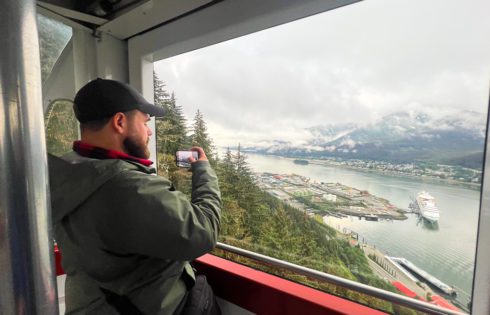
Juneau, Alaska, is surrounded by beautiful mountains and one of the best ways to take in the city and the surrounding area is to gain some elevation. Luckily, you don’t
| Cookie | Duration | Description |
|---|---|---|
| cookielawinfo-checkbox-analytics | 11 months | This cookie is set by GDPR Cookie Consent plugin. The cookie is used to store the user consent for the cookies in the category "Analytics". |
| cookielawinfo-checkbox-functional | 11 months | The cookie is set by GDPR cookie consent to record the user consent for the cookies in the category "Functional". |
| cookielawinfo-checkbox-necessary | 11 months | This cookie is set by GDPR Cookie Consent plugin. The cookies is used to store the user consent for the cookies in the category "Necessary". |
| cookielawinfo-checkbox-others | 11 months | This cookie is set by GDPR Cookie Consent plugin. The cookie is used to store the user consent for the cookies in the category "Other. |
| cookielawinfo-checkbox-performance | 11 months | This cookie is set by GDPR Cookie Consent plugin. The cookie is used to store the user consent for the cookies in the category "Performance". |
| viewed_cookie_policy | 11 months | The cookie is set by the GDPR Cookie Consent plugin and is used to store whether or not user has consented to the use of cookies. It does not store any personal data. |
